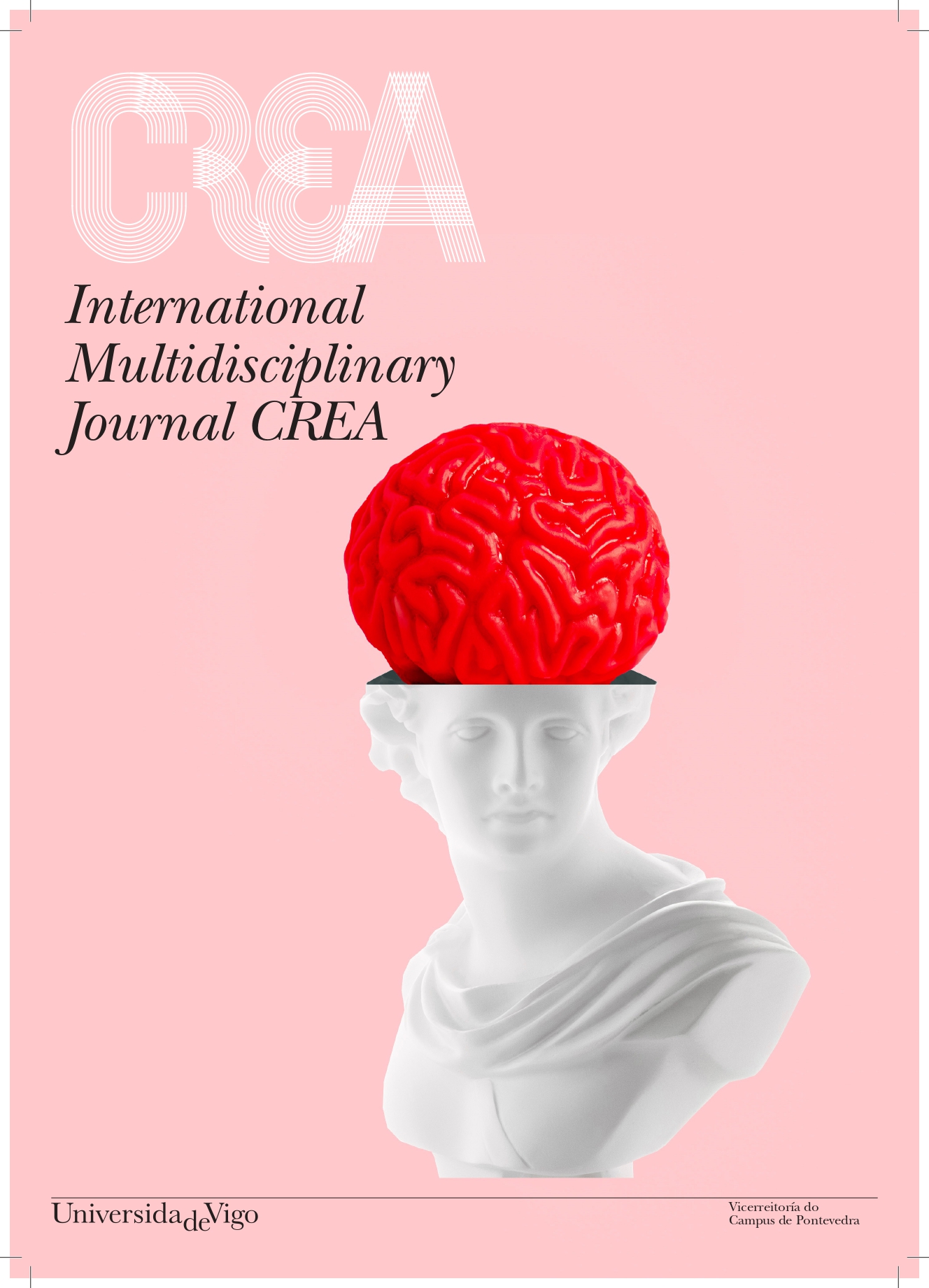Las subvenciones municipales a entidades deportivas: categorización de los criterios de valoración
DOI:
https://doi.org/10.35869/ijmc.v3i1.4869Palabras clave:
Entidades deportivas, subvenciones al deporte, servicio deportivo municipal, clubes deportivos, fomento de la actividad físicaResumo
Introducción: Una parte de la práctica deportiva en España está articulada a través de las entidades deportivas, que no solamente atienden al deporte de competición, sino que se han expandido al deporte ocio. Sus presupuestos dependen de las administraciones locales. Las subvenciones a entidades deportivas se engloban en una acción de fomento que implica una mejora social de los siguientes aspectos: mejora de la salud pública a través de la actividad física, optimización del papel del deporte en la educación y la formación, aprovechamiento del potencial del deporte para la inclusión social, la integración y la igualdad de oportunidades.
Objetivo: El objetivo de esta investigación fue categorizar los criterios de adjudicación de las subvenciones deportivas en la administración municipal.
Método: Se analizaron los criterios de adjudicación de las bases que regulan las subvenciones deportivas en los 37 ayuntamientos seleccionados. Para realizar el análisis de contenido de los documentos se identificaron 22 unidades de registro agrupadas en 4 factores: deportivo, económico, organizativo y social.
Conclusiones: Las bases reguladoras de las subvenciones en los ayuntamientos con un número menor de habitantes presentan un mayor número de ítems, en los criterios de adjudicación, para calcular el importe del crédito presupuestario destinado a cada tercero (entidad deportiva). El factor deportivo es el que tiene un mayor número de ítems. Los factores: social, económico y de organización presentan medias similares.
Descargas
Descargas
Publicada
Cómo citar
Número
Sección
Licenza
Dereitos de autoría 2023 International Multidisciplinary Journal CREA

Esta obra está baixo unha licenza internacional Creative Commons Atribución-NonComercial-SenDerivadas 4.0.
Derechos de Autor
Tras la aceptación de un artículo se pedirá a los autores que completen un Acuerdo de Publicación. La aceptación del acuerdo garantizará la difusión más amplia posible de información. En virtud de dicho acuerdo, los derechos de autor serán transferidos a la Sociedad/Institución si el manuscrito es aceptado para su publicación. Se requiere permiso de la Sociedad/Institución para su reventa o distribución fuera de la institución y para todos los demás trabajos derivados, incluyendo compilaciones y traducciones. Si se incluyen extractos de otras obras con derechos de autor, el autor (s) debe obtener permiso por escrito de los propietarios de derechos de autor y de crédito de la fuente (s) en el artículo.
Derechos de los usuarios
Todos los artículos publicados en la revista estarán inmediata y permanentemente accesibles para que cualquier usuario los pueda leer y descargar. La (Re)utilización permitida para terceros de los contenidos publicados estará definida por la siguiente licencia de uso Creative Commons: Creative Commons Reconocimiento-No comercial-Sin obras derivadas (CC BY-NC-ND). Para fines no comerciales, permite a otros distribuir y copiar el artículo. También permite su inclusión en un trabajo colectivo (como una antología), siempre que se cite el autor (s) y no se altere o modifique el artículo.
Tarifa de publicación
El autor de los artículos aceptados no debe pagar por su publicación. La Sociedad o la Institución propietaria de la revista financia los costes de producción de los manuscritos.








